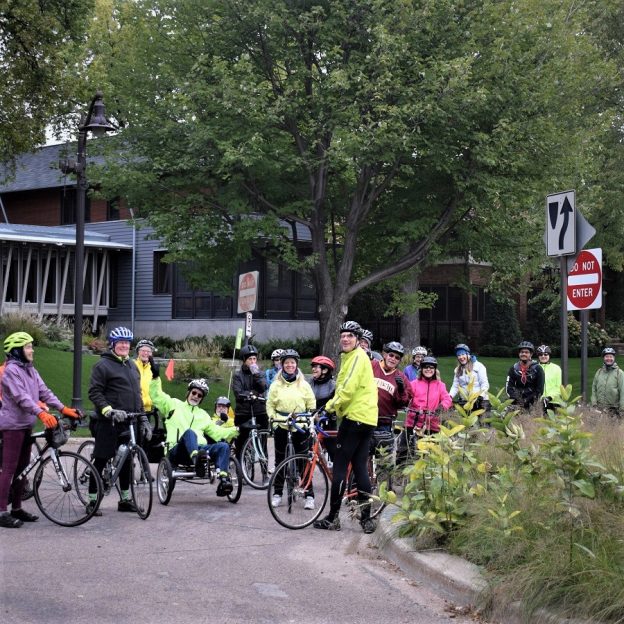Tag: Purcell-Cutts House
-

A magical bike ride and history tour of the south Twin Cities Metro
It is incredible the things you don’t know about an area you have been pedaling around by bike for many years. Have you ever wondered why an old building or a street is designed the way it is? Maybe it’s not a top priority, and you have put off finding the answer. For me, that…
